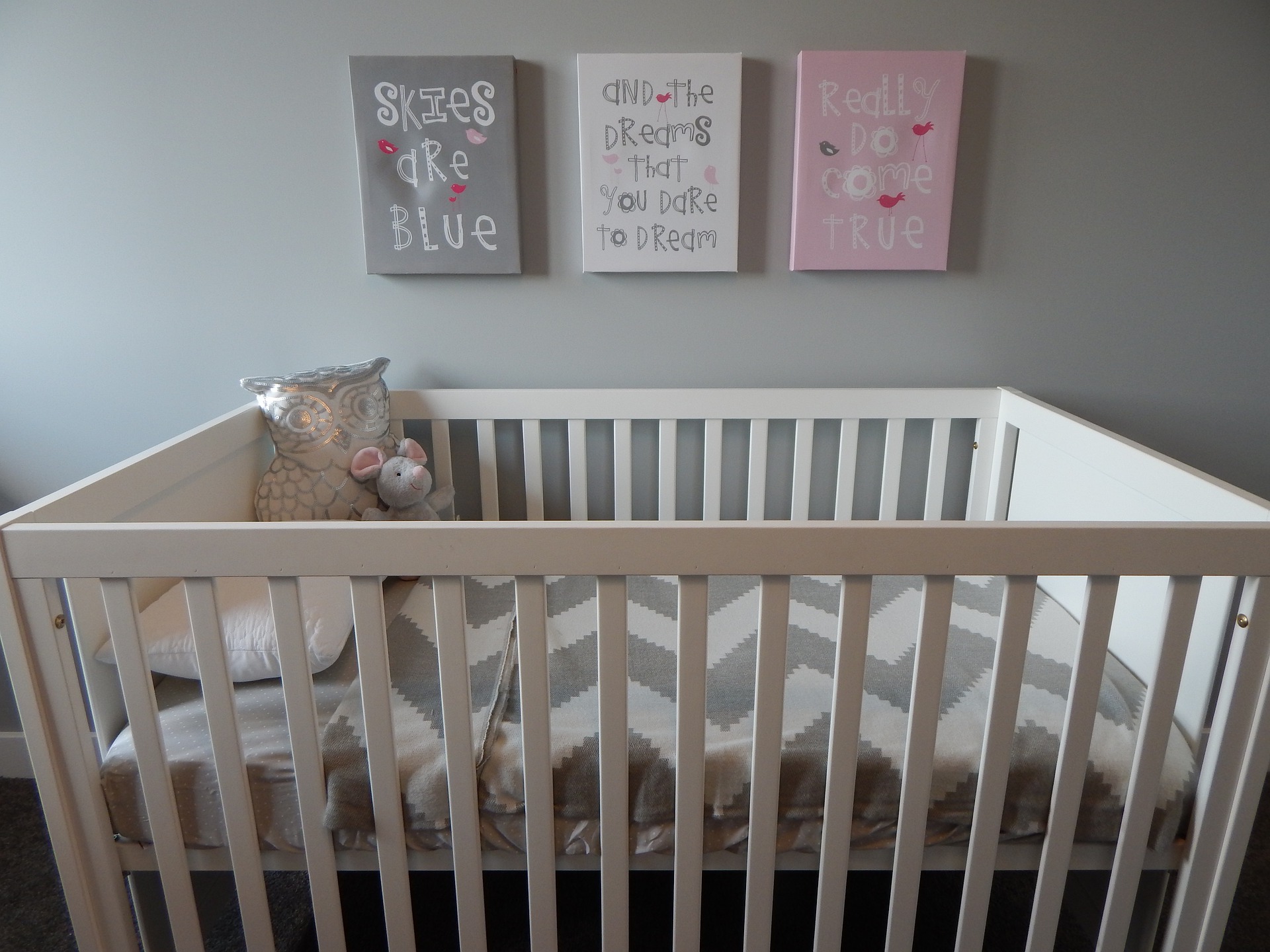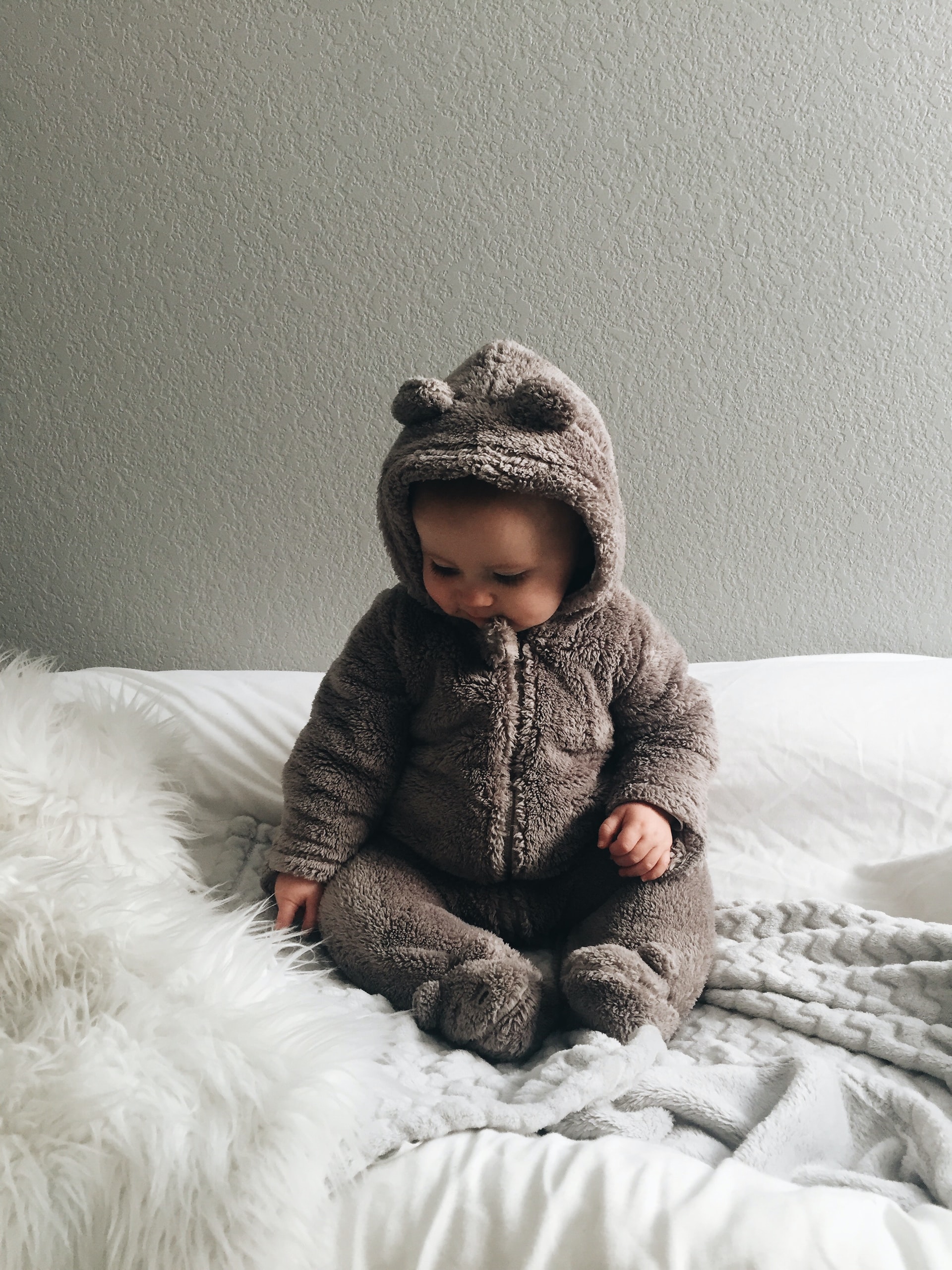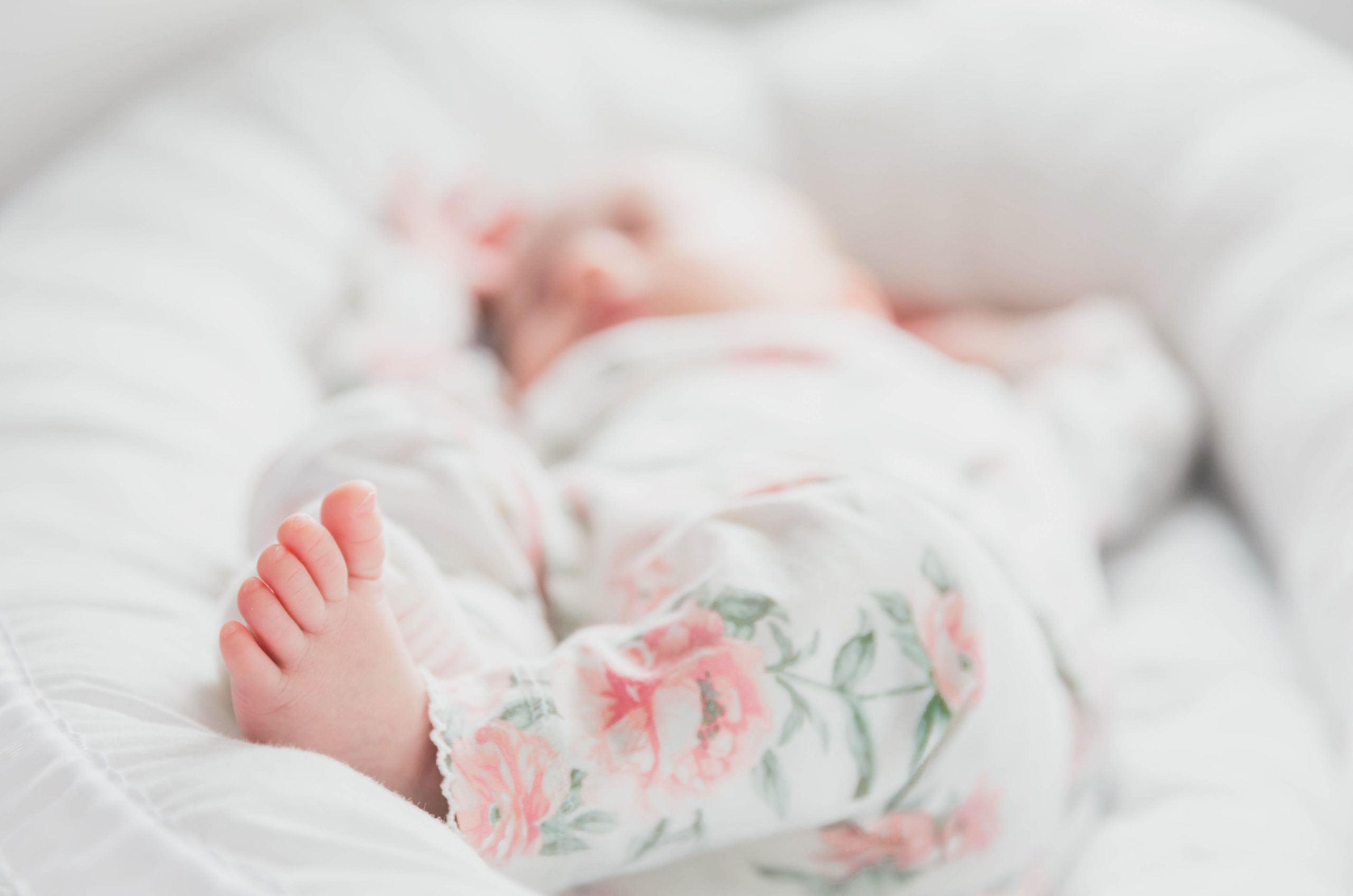There are several indicators you can use to determine when your baby has outgrown their bassinet. Not all babies grow at the same rate. So, it’s tough to mark an age when is baby too big for bassinet.
Instead, keep an eye on their weight and match it with your bassinet’s instructions. Of course, there are other things you can look out for.
The article below will walk you through everything you need to know about the appropriate time for your baby to be relocated from a bassinet to another sleeping place.
When Is Baby Too Big For Bassinet?
As I’ve mentioned earlier, you’ll have to check the manual that came with your bassinet. Manufacturers provide a weight limit, after which you should not let your baby sleep in the bassinet. The weight limit usually stays between 10 pounds to 20 pounds.
That’s almost oversimplifying the whole idea. You can use relevant criteria to determine whether it’s time to move your baby out of the bassinet or not.
1. They’ve Crossed The Weight Limit
If you use weight as an indicator, the bassinet you’re using is an influencing factor here. Not all bassinet comes with the same weight limit. Some may feature a weight limit of 15 pounds, whereas some may even support up to 30 pounds.
So, make sure you’re checking out the weight capacity. This also requires keeping your baby’s weight in check. When they’ve reached the limit, it’s time to move your baby to the crib or another sleeping arrangement.
If you’ve lost your manual, try finding the bassinet’s instructions online, preferably from the brand’s official website. It’s a convenient solution, but sometimes it slips parents’ minds.
2. They’re Too Old
Even though there is no specific age when your baby outgrows the bassinet, most parents usually start transferring their baby to a crib when they turn four months. This varies depending on the baby’s growth and movement activities.
Some babies can use the bassinet even after they’ve crossed six months. In comparison, some start moving a lot when they’re four months old.
Many bassinets also come with an age limit. Look for the limit to help you determine when to switch the baby from a bassinet to another place.
3. They Don’t Like Their Bassinet
Sometimes babies just don’t like their bassinet anymore. It’s most of the time because they’ve become too big for the space they’re getting around. If you notice your baby getting fussy whenever you put them in the bassinet, consider switching to another sleeping arrangement.
There are some other signs of your baby not liking their bassinet too. You’ll notice that it’s getting tougher to put them back to sleep when they wake at night.
However, before switching your baby’s sleeping place, make sure this is the reason for their fussiness. Look for their behavior change. If they’re only crying or acting fuzzy when they’re in their bassinet, not other places, you can consider changing it.
4. When Your Baby Starts Moving
Bassinets don’t come with very high walls. So, almost all of them mention a word of caution that if your baby rolls over on their own, it’s time to switch from a bassinet to someplace else.
You shouldn’t take any risk once your baby can pull themselves in a sitting position from lying. Keep an eye out when playing with them. If they’re rolling on their own, it’s time to change their sleeping place.
To be more precise about movement milestones, if you don’t feel safe leaving your baby in the bassinet alone, it’s time to stop using it.
5. They’re Not Getting Enough Room
If you notice your baby not getting enough room for throwing their arms and legs, it’s time for a roomier arrangement. They can wake up in the middle of the night and not get enough space to feel cozy. This causes them to feel discomfort and get fuzzy.
Moving babies can bump their heads on the bassinet wall if not under supervision. It’s better to play it safe and not take any risks with the baby.
Sometimes babies outgrow their bassinet without reaching the weight limit guided by the bassinet instruction. Some babies are comparatively taller than others that make them need more room when they sleep. So, it’s better not to entirely rely on the weight limit to determine when is baby too big for the bassinet.
Once you transfer your little one to a roomier place, you’ll notice them feel cozier, relaxed, and playful.
Transferring Your Baby To A Crib
So, you’ve spotted the signs of your baby being too big for a bassinet. If you are transferring them to a playpen or a crib, keep these things in mind.
1. Don’t Be Hasty
Avoid doing any drastic changes in your baby’s environment. Some babies are more sensitive toward changes and can react negatively.
Instead of suddenly putting them to sleep in a new crib, go slow. Try laying your baby in the crib for some time during the day, even when they’re not asleep. It’ll make them adapt to the warmth of their new surrounding.
Increase the duration your baby stays in the new room slowly. Once you’re satisfied that the baby is comfortable in their new place, you can complete the transfer.
2. Keep Safety In Mind
Parents get tempted to fill their baby’s crib with plush toys and pillows to make them comfy while they sleep. That’s precisely the thing they should avoid. Even when the baby gets older, it’s better not to put anything too plush on their bed to avoid the risk of suffocation.
In addition, choose the mattress wisely. It shouldn’t be too plush and firm enough to stay put when the baby moves in their sleep.
However, there are other ways to keep your baby cozy and comfortable. Keep the light dim, and try adding some white noises to see how your baby responds. If they’re happy with the arrangements, it’ll help them adjust faster.
3. Start With The Same Room
The AAP recommends you to keep babies in their parent’s room at least for six to twelve months. Research results have indicated that it reduces the risk of SIDS by up to 50%.
Move the crib to your bedroom from the nursery for some time. Once it’s safe to keep your baby alone in the nursery, you can move it back.
Another method you can try is to stay with your baby in the nursery. It can help them adjust faster to the new surrounding if you’re there with them.
However, it’s a personal choice to make. Use your best judgment and do what’s best for your baby.
Reasons Why Bassinets Are So Popular Among Parents
Most parents keep their newborns in their bedroom till they turn six months or more. One bedroom can hardly accommodate large cribs or anything else that can easily fit in the nursery. This is one of the primary reasons parents prefer a bassinet, even though the babies outgrow it pretty quickly.
Another significant reason for choosing a bassinet is the price. Bassinets come pretty cheap compared to other options. They don’t take much space in the master bedroom either.
Bassinets also look very fashionable among other pieces of furniture. Parents can keep the baby in their room without messing up with the room décor.
Keeping the baby in the same room also reduces any risks to the newborn.
Frequently Asked Questions
When should I move my baby to the nursery?
It depends on your baby’s growth, behavioral patterns, and preference. However, AAP recommends you keep the baby in the same room as you for six to twelve months to be safe. If you wish, you can also stay with your baby in the nursery to make it safer and cozier for them.
When should I stop using a bassinet for my baby?
One shortcut to determine when to stop using a bassinet is if you can’t leave your baby alone in the bassinet. If the baby needs monitoring when in the bassinet because they move too much, it’s time to look for new options.
What should I do if the baby is waking right away after putting in the bassinet?
This happens when the baby can’t adjust to the temperature change between your arms and the bassinet. One effective solution is to take your baby in a blanket when putting them to sleep and keep the blanket under them when putting them in the bassinet.
This helps keep the temperature constant and the baby comfortable without waking them up.
Final Words
One thing everyone can agree on is there are no specific guidelines for parenting. There are so many things that differ from one baby to the other. So, there’s no specific answer to the ‘when is baby too big for bassinet’ question.
Keep an eye for your baby’s weight, behavior, movement, and you should be able to figure out everything on your own. As long as your baby’s safety is assured, you’re doing nothing wrong.
Read More:







![When Is Baby Too Big For Bassinet? [Other Roomier Options] 1 When Is Baby Too Big For Bassinet](https://www.babykidcare.com/wp-content/uploads/2021/07/When-Is-Baby-Too-Big-For-Bassinet.jpg)



